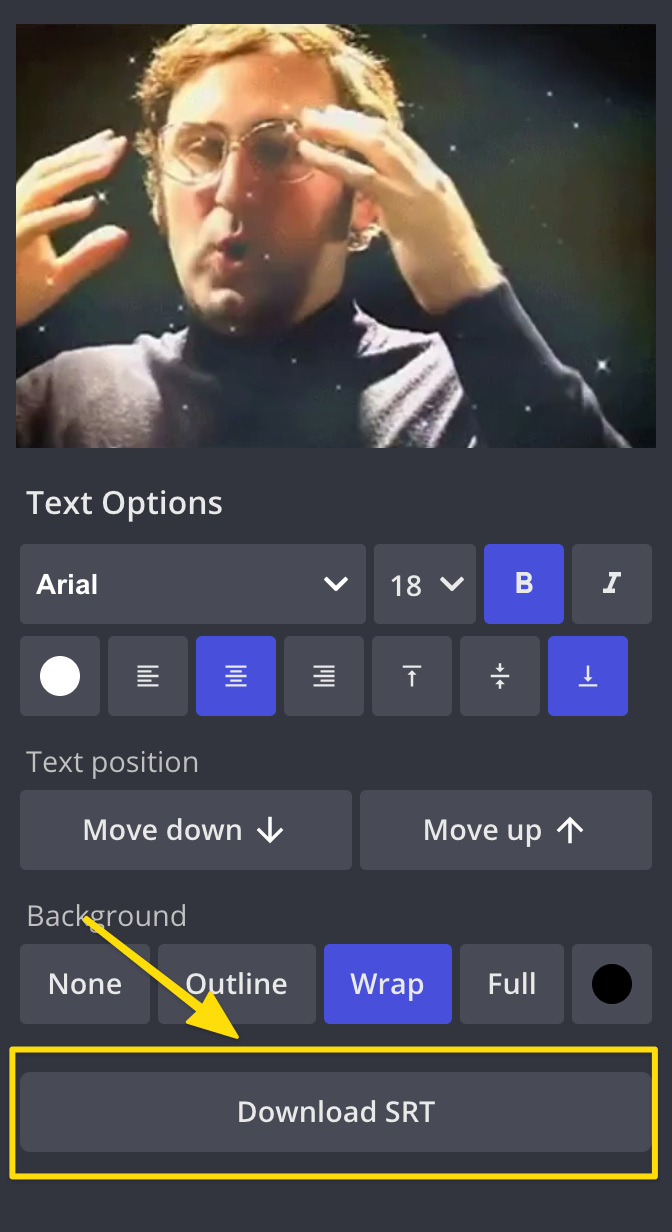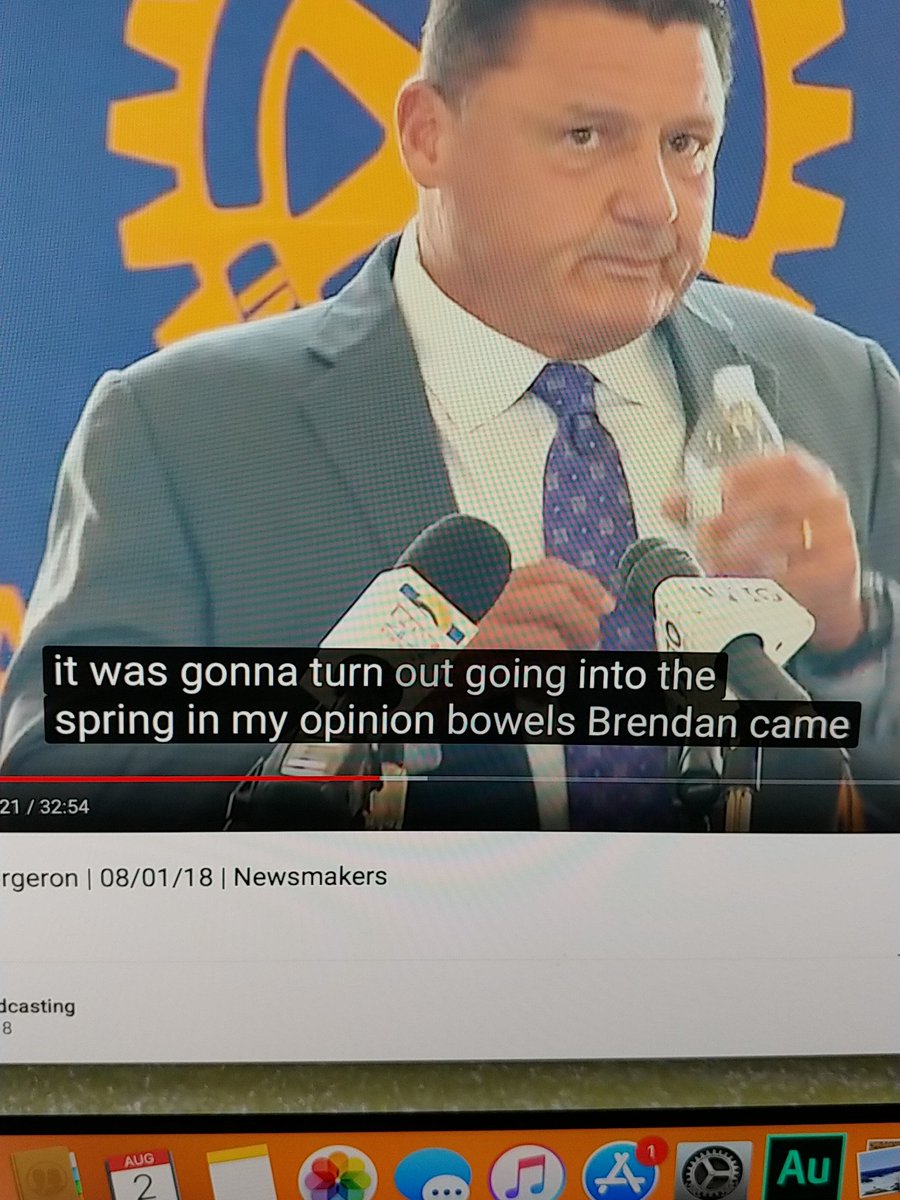
- #Closed captioning vs subtitles 480p#
- #Closed captioning vs subtitles 720p#
- #Closed captioning vs subtitles full#
- #Closed captioning vs subtitles software#
- #Closed captioning vs subtitles tv#
The process of revising previously captioned programs for rebroadcast, requiring the retiming and/or editing of caption text to synchronize it to the edited video and audio. No two captioners write exactly the same way, so each has a custom dictionary. Similar to playing chords on a piano, multiple keys are depressed on a steno machine to create different word combinations. Real-time captioners write phonetically what they hear.

Real-time Dictionary:Ī computerized dictionary that is comprised of the phonetics and their corresponding English that the captioner uses to build words and create punctuation. Method of captioning in which captions are simultaneously prepared and transmitted at the time of origination by specially trained real-time captioners or voice recognition software. Appearance of captions is usually “pop-on” but could also be “roll-up.” Captions are typically placed in the upper or lower third of the television screen. The preparation of captions for recorded programming so that, at the time of air or media playback, the captions are a part of the media.

Pop-on captions are used for prerecorded captioning. The captions are timed to synchronize with the program and placed on the screen to help identify the speaker.
#Closed captioning vs subtitles full#
P Pop-on Captions:Ī phrase or sentence appears on the screen all at once – not line by line – stays there for a few seconds and then disappears or is replaced by another full caption. When a video is open-captioned, the captions are permanently part of the picture.
#Closed captioning vs subtitles tv#
O Open Captions:Ĭaptions that are visible without using a set-top decoder or a TV with a built-in decoder. These roll-up captions are then transmitted in real time, as the program is airing, with live encoding, which is the corresponding process for pop-on captions. The captions appear line-by-line and are synchronized with the broadcast audio as closely as possible. Live-display captions are prepared in advance when an accurate script and/or program recording is available prior to the time a program airs. Live-display Captions (punchback captions):
#Closed captioning vs subtitles 480p#
Most if not all cable networks still carry the Standard Definition 480P video feeds as well to support older Digital TV sets not supporting HD.
#Closed captioning vs subtitles 720p#
However, most everyone today watching TV is viewing programs in High Definition (HD) using either the 720P or 1080i formats. The caption information in NTSC format resides on Line 21, and active video starts on Line 22. The vertical blanking interval encompasses Line 1 through 21. The television signal is comprised of 525 lines. Line 21 is how captions were and still and are delivered in the NTSC format. I IP Delivery:Ĭaption data is transmitted via IP instead of via modem.

The process of inserting the caption data into the television signal. E Encoder:Ī device that electronically inserts the caption data into the TV signal. Since July 1, 1993, all television sets with screens 13 inches or larger manufactured for sale in the United States must have a built-in decoder capability. In the 1980’s and early 1990’s, closed caption decoders were the major means by which consumers could watch captioned television.
#Closed captioning vs subtitles software#
Closed Caption Decoder:Īn electronic device or software program that decodes the captioning signal and causes caption text to appear on the screen. Closed-caption information is carried in Line 21 of the vertical blanking interval of the television signal. Closed captioning allows caption users to enjoy the same broadcast and recorded video materials that other television viewers enjoy. The decoder may be either attached to a TV or built into TV’s made after July 1993. Closed Captions:Ĭaptions that can only appear with the use of a decoder. Their placement is similar to subtitles although they are displayed as captions in white letters in a black box. Pop-on captions are centered at the bottom third of the TV screen. The caption file is used in conjunction with an encoder to create the captioned submaster. Caption File:Ī computer file that stores a program’s caption information, including the text, timing and placement information. The captions are typically white upper-case letters against a black background. The process of converting the narration, dialogue, music and sound effects of a video production into text that is displayed on a television screen. It is the means of producing captions using voice recognition software with no human intervention.

Captioning Terms A Automated Speech Recognition (ASR), also referred to as AI Captioning:


 0 kommentar(er)
0 kommentar(er)
